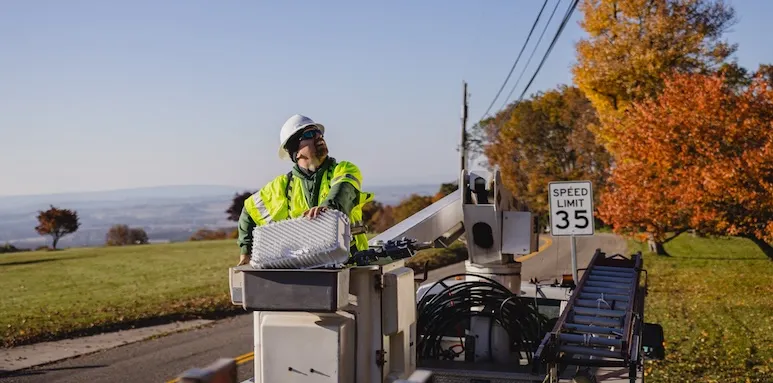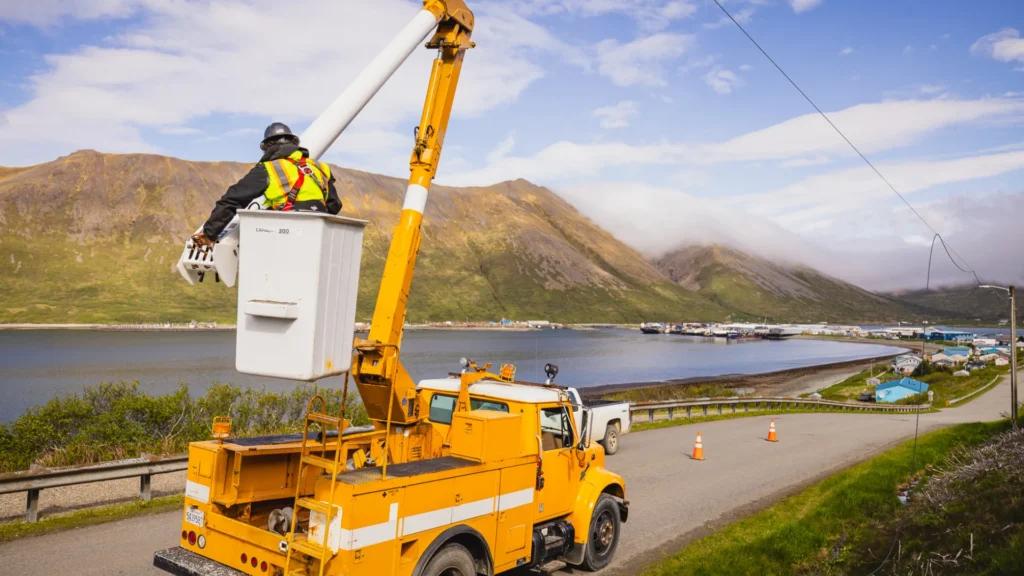Hardly 15 years old, Wi-Fi technology has become the connective tissue binding our digital lifestyles. It was developed from the scrap heap of wireless spectrum to become one of the most critical technologies of our day. In fact, Wi-Fi carries more data than any other medium – more than 12,000 petabytes per month.
The cable industry has invested heavily in Wi-Fi to extend the consumer broadband experience well beyond the home. We’ve built over 300,000 publicly accessible hotspots and worked hard to push the technical possibilities of home and outdoor broadband. But the frequencies currently used to power today’sWi-Fi have become overcrowded and need room to expand to keep pace with exploding consumer demand.
That’s why as a nation, we need to make more spectrum available for unlicensed use so that Wi-Fi can grow – and the fastest way to do that is to find new bands where Wi-Fi can share with existing technologies. By increasing the amount of spectrum that Wi-Fi can share, our spectrum supply can keep pace with the tremendous growth in Wi-Fi usage and jump-start a new generation of Wi-Fi that can reach speeds of up to a gigabit per second.
“As a nation, we need to make more spectrum available for unlicensed use so that Wi-Fi can grow.”
Recently, policymakers have taken positive steps forward to encourage efforts that would open up new spectrum for Wi-Fi use. U.S. House Energy and Commerce Committee leaders said they will initiate talks to yield greater spectrum sharing in the 5.9 GHz band, that was allocated over 15 years ago for vehicle communications. While this technology is important, auto manufacturers have yet developed a commercial product despite millions in government subsidies, which means that today, while there are neither auto nor Wi-Fi technologies in the band, is the perfect moment to rethink how these frequencies can be best utilized and shared and to develop a true win-win solution.
In a bipartisan joint statement, FCC Commissioners Jessica Rosenworcel and Mike O’Rielly said, “More than a decade and a half after this spectrum was set aside for vehicle and roadside systems, we agree it is time to take a modern look at the possibilities for wireless services in these airwaves, to allow a broader range of uses. We believe by taking steps right now, we can support automobile safety, increase spectrum for Wi-Fi, and grow our wireless economy.”
To move the ball downfield, we believe it is time for both autos and Wi-Fi to roll up our sleeves and do the engineering work needed to make spectrum sharing a reality. With consumer demand and bandwidth intensive applications skyrocketing, we need to work now to keep Wi-Fi growing for all. And as our technology needs expand, finding ways to maximize this inherently limited resource will be increasingly important. That’s why its time for both autos and W-Fi to agree on how to share the road . Fortunately, Wi-Fi can do just that.









